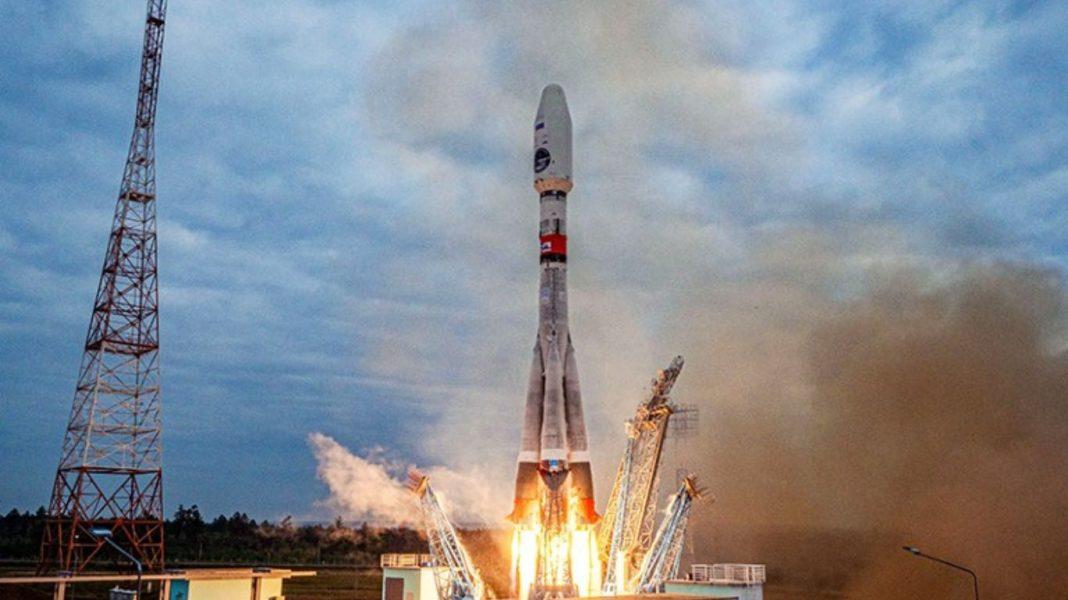Russian experts overseeing their unmanned lunar spacecraft, Luna-25, have activated its scientific instruments and initiated the processing of its initial data.
Russia’s goal is to achieve a significant feat by becoming the pioneer in executing a soft landing on the lunar south pole, an area believed to house deposits of water ice.
In an official statement released on Sunday, the space agency Roscosmos stated, “Luna-25 continues its trajectory towards Earth’s natural satellite. All systems on the automated station are operating as intended, maintaining stable communication, and sustaining a positive energy balance.”
The preliminary measurement data pertaining to the lunar voyage has been acquired, and the scientific team managing the project has commenced the data analysis process.
Just last Friday, Moscow successfully launched Luna-25, marking its inaugural moon-landing mission in 47 years. This undertaking is unfolding in a race against India, which propelled its lunar lander, Chandrayaan-3, into space the previous month.
Luna-25, sized similarly to a small car, was propelled into space via a Soyuz rocket from the Vostochny cosmodrome, located in the far eastern Amur region, over 3,000 miles to the east of Moscow.
The spacecraft is projected to make contact with the lunar surface on August 21. Its mission objective involves collecting rock and dust samples to gain insights into the lunar environment, crucial for potential future habitation.
The operational plan entails the lander functioning for a duration of one year on the lunar south pole. This region has attracted attention due to traces of water ice identified by NASA and other space agencies within its shadowed craters.
The challenging topography of this region complicates the landing process. However, the potential reward of discovering water ice holds historic significance, as it could serve as a resource for fuel, oxygen generation, and even drinking water.
